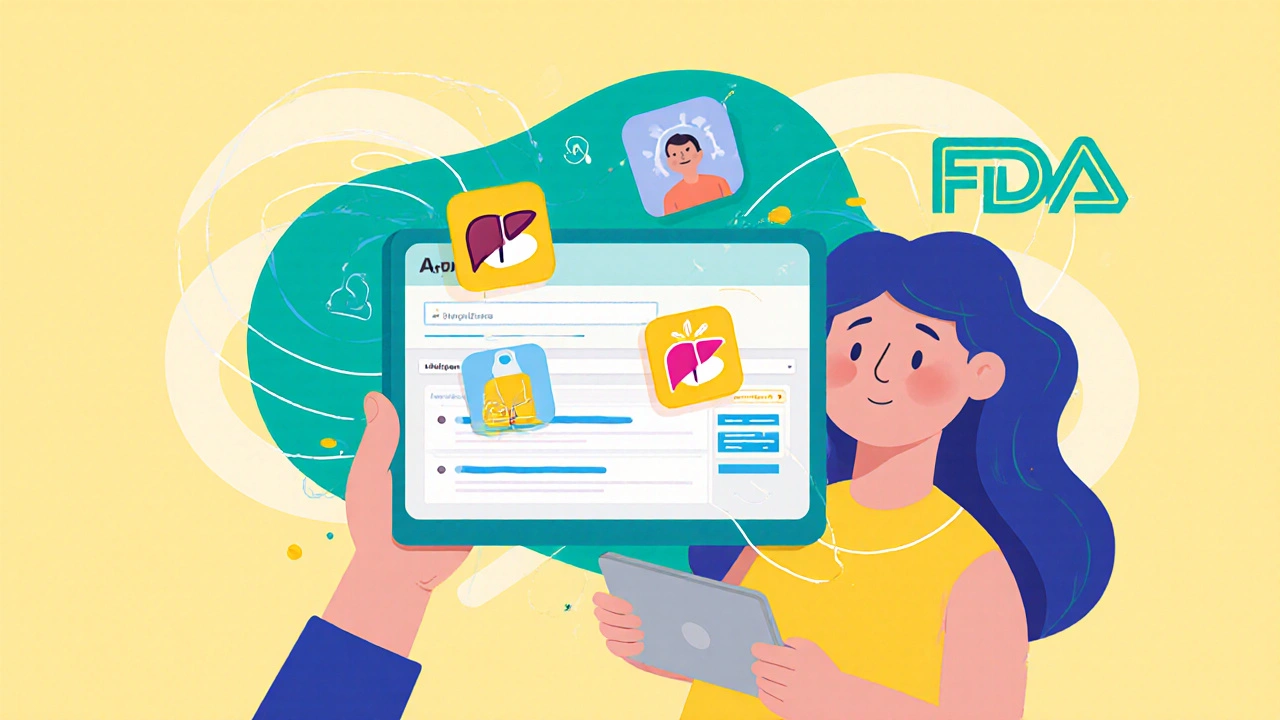OpenFDA API: How to Access Drug Data for Safer Decisions
When you need real, official data on medications—like side effects, recalls, or approved uses—you’re not stuck guessing. The OpenFDA API, a free, public interface to the U.S. Food and Drug Administration’s drug and device records. Also known as FDA’s open data portal, it lets anyone pull accurate, up-to-date information without waiting for reports or paying for subscriptions. This isn’t just for researchers. If you’ve ever wondered why a drug was pulled, what side effects show up most often in real patients, or whether your pill matches the FDA’s official label, the OpenFDA API answers those questions directly.
It connects to the same databases doctors and regulators use. For example, you can track how many people reported drowsiness from Benadryl in the last year, or see if cyclosporine has new warnings about kidney damage. The API doesn’t sugarcoat data—it shows you what’s actually in the FDA’s records, including adverse event reports from patients and providers. That’s how we know tramadol carries seizure risks in certain patients, or why ticlopidine fell out of favor despite working well. It’s also how developers build tools that flag dangerous drug interactions before they happen.
You’ll find posts here that rely on this data to explain real-world risks: how salbutamol ends up in waterways, why desogestrel is used by transgender patients, or how apixaban compares to older blood thinners. These aren’t opinions—they’re grounded in the raw data the OpenFDA API makes public. Whether you’re a patient checking your meds, a caregiver managing multiple prescriptions, or a developer building health tools, this API turns vague concerns into clear facts. Below, you’ll find detailed breakdowns of drugs, side effects, and safety patterns—all traced back to the same source. No guesswork. Just what the FDA has documented.
How to Use OpenFDA and FAERS APIs to Access Drug Side Effect Reports
- Laura Ledas
- Nov, 5 2025
Learn how to use the OpenFDA and FAERS APIs to search drug side effect reports, understand limitations, and start analyzing FDA safety data with free tools and step-by-step guidance.
Learn More